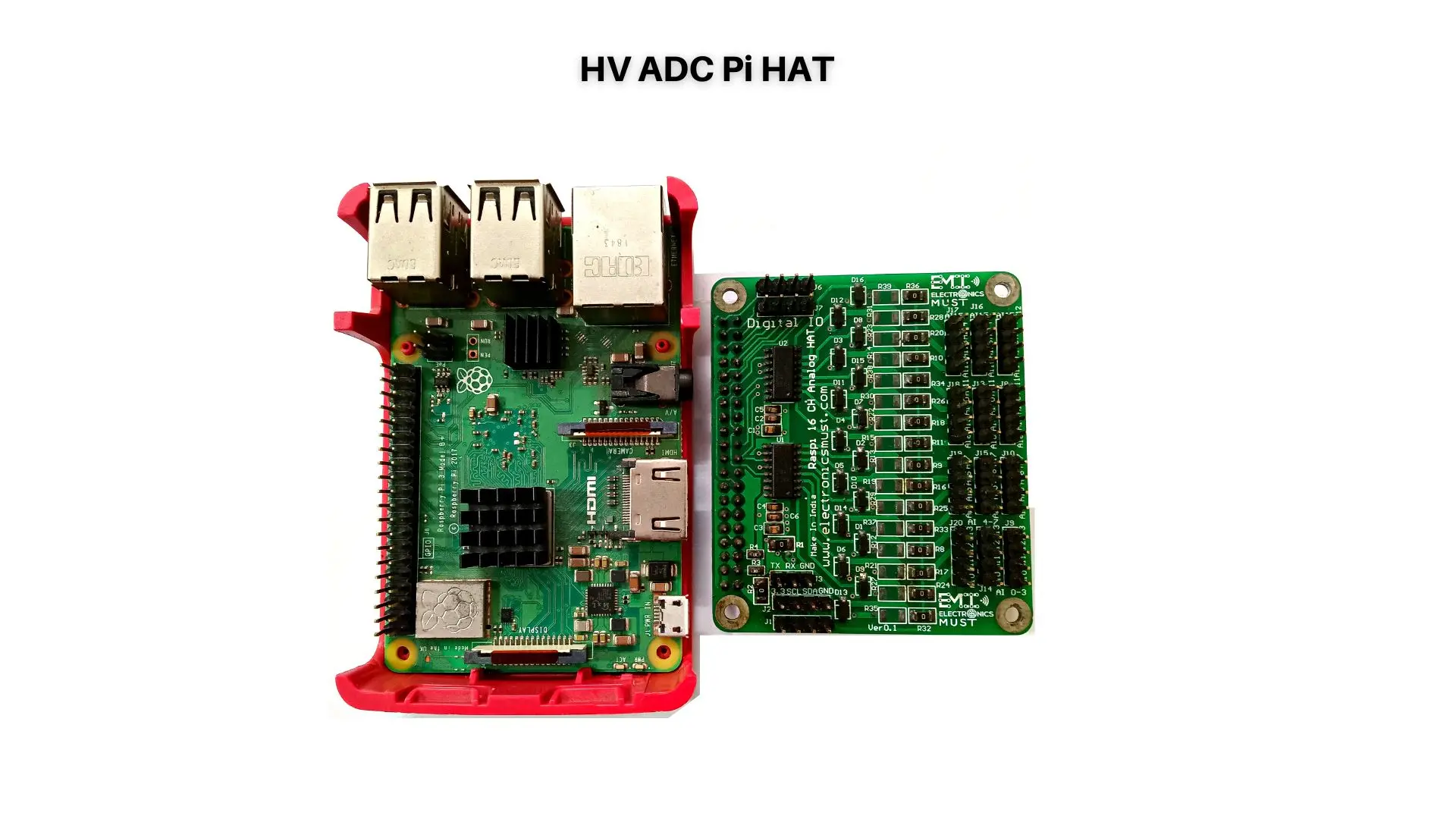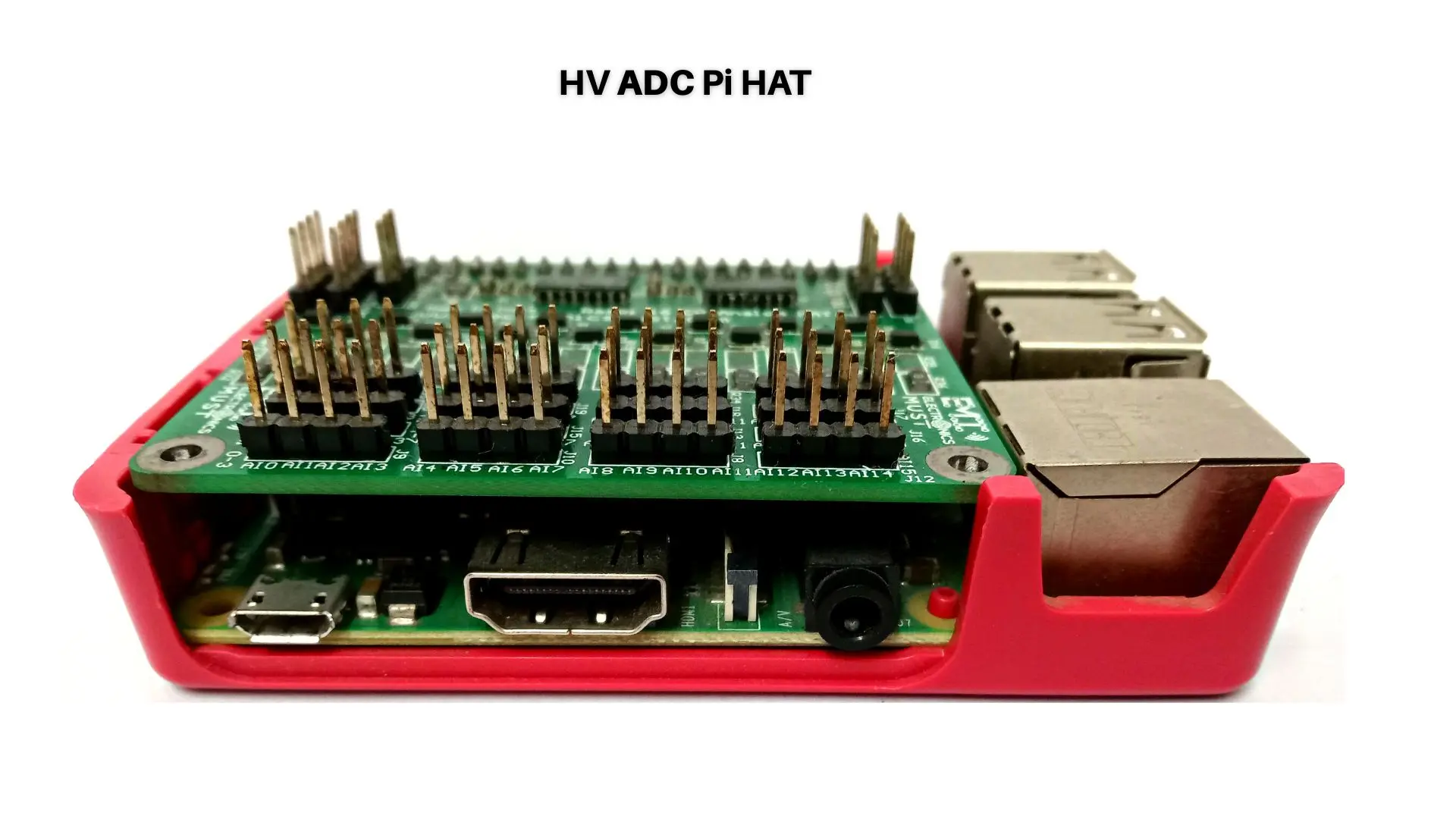Introduction:
Power electronics is a dynamic field that revolves around the efficient conversion and control of electrical power. It deals with the study and application of solid-state devices and circuits for transforming, regulating, and conditioning electric power. Power electronics play a critical role in various industries, including renewable energy, electric vehicles, industrial automation, consumer electronics, and more. In this blog, we will explore the fundamentals of power electronics, its benefits, and other essential factors that contribute to its significance in today’s world.
Benefits of Power Electronics:
1. Enhanced Energy Efficiency: One of the key advantages of power electronics lies in its ability to significantly improve energy efficiency. Through the use of power electronic devices and advanced control techniques, electrical energy can be converted and regulated with minimal losses. These losses typically manifest as heat dissipation during the conversion process. By reducing energy losses, power electronics help lower energy consumption, resulting in reduced operating costs and a more sustainable approach to power utilization.
2. Flexibility and Adaptability: Power electronics offer tremendous flexibility and adaptability in power conversion and control. Semiconductor devices such as diodes, transistors, thyristors, and integrated circuits enable precise control and transformation of electrical power to meet specific requirements. This versatility allows power electronics to cater to a wide range of applications, including motor control, renewable energy integration, electric vehicle drivetrains, power supplies, and more.
3. Integration of Renewable Energy: Power electronics plays a crucial role in integrating renewable energy sources, such as solar and wind power, into the existing power grid. Renewable energy systems generate power in different voltage and frequency ranges, which need to be converted and synchronized with the grid’s parameters. Power electronic converters facilitate this integration by efficiently converting and regulating the power output from renewable sources to match the grid requirements. This enables a smoother and more reliable integration of renewable energy into the overall power system.
4. Improved Power Quality: Power electronics has a significant impact on improving power quality, which refers to the stability and reliability of the electrical power supply. Power electronic devices and control techniques allow for precise regulation of voltage, frequency, and waveform characteristics, ensuring a consistent and high-quality power supply. By mitigating issues such as voltage sags, swells, harmonics, and transients, power electronics contributes to stable and efficient operation of sensitive equipment and systems, including industrial machinery, data centers, healthcare facilities, and more.
5. Enhanced Motor Control: Power electronics finds extensive application in motor control systems. By employing variable frequency drives (VFDs) and power electronic converters, the speed and torque of electric motors can be accurately controlled. This results in energy savings, improved motor performance, reduced mechanical stress on the system, and enhanced overall system efficiency. Motor control plays a crucial role in various industries, including manufacturing, transportation, and robotics, where precise control over motor operation is essential.
Other Factors in Power Electronics:
1. Semiconductor Devices: Power Electronic Circuits rely heavily on various semiconductor devices, including diodes, transistors, insulated-gate bipolar transistors (IGBTs), silicon-controlled rectifiers (SCRs), and emerging technologies such as silicon carbide (SiC) and gallium nitride (GaN) devices. Understanding the characteristics, limitations, and applications of these devices is crucial for designing and implementing efficient power electronic systems.
Semiconductor devices act as switches, enabling control over the flow of electrical current and voltage in power electronic circuits. Depending on the application, different types of semiconductor devices are selected based on their switching capabilities, voltage and current ratings, switching speed, and power handling capabilities. Continuous advancements in semiconductor technology, such as the adoption of wide-bandgap materials like SiC and GaN, have further enhanced the performance and efficiency of power electronic systems.
2. Control Techniques: Control strategies and techniques are integral to achieving accurate and responsive power management in power electronics. Various control methods, such as pulse width modulation (PWM), hysteresis control, and vector control, are employed to regulate and manipulate the power flow according to the system requirements. Control techniques play a crucial role in achieving desired system performance, stability, and efficiency.
The choice of control technique depends on the application and the desired objectives. For instance, in motor control applications, PWM techniques are widely used to regulate the voltage and frequency supplied to the motor, thereby achieving precise speed and torque control. Advanced control algorithms, such as model predictive control (MPC) and adaptive control, are also being explored to further improve the performance and efficiency of power electronic systems.
3. Thermal Management: Power electronic devices generate heat during operation, and effective thermal management is essential to maintain their reliability and performance. Excessive heat can lead to device failure, reduced lifespan, and degradation of system efficiency. Therefore, proper thermal management techniques are employed to dissipate heat efficiently and maintain optimal operating temperatures.
Thermal management techniques in power electronics include the use of heat sinks, fans, liquid cooling systems, and advanced cooling methods such as phase-change materials or thermoelectric coolers. Heat sinks provide a larger surface area for heat dissipation, while fans or liquid cooling systems facilitate the removal of heat from the devices. The design of efficient thermal management systems is crucial to ensure the long-term reliability and performance of power electronic systems.
4. Electromagnetic Interference (EMI): Power electronic circuits can produce electromagnetic interference (EMI), which may adversely affect the performance of other electronic systems and devices. EMI refers to the unwanted electromagnetic emissions or disturbances that can interfere with the normal operation of nearby electronic equipment. To mitigate this interference, techniques such as shielding, filtering, and proper grounding are implemented.
Shielding involves the use of conductive enclosures or materials to contain and block the electromagnetic emissions from power electronic circuits. Filtering techniques, such as the use of capacitors and inductors, are employed to suppress high-frequency noise generated by the switching of power electronic devices. Proper grounding techniques ensure the proper flow of electrical current and minimize unwanted noise coupling. By minimizing electromagnetic interference, power electronics systems can coexist harmoniously with other sensitive electronic equipment.
5. Safety and Protection: Power electronics systems require robust safety measures and protection mechanisms to ensure safe operation and prevent damage to the equipment and personnel. Various safety features and protective devices are implemented to detect and mitigate abnormal operating conditions or faults that may occur in power electronic systems.
Overcurrent protection devices, such as fuses and circuit breakers, safeguard against excessive current flow, preventing damage to the system components. Short circuit protection mechanisms detect and isolate short circuits, preventing further damage and ensuring safe operation. Ground fault detection systems identify any leakage of current to ground, protecting against electrical hazards. Additionally, isolation techniques, such as galvanic isolation, are employed to provide protection against electric shock and to ensure proper electrical insulation between different parts of the system.
Conclusion:
Power electronics plays a pivotal role in modern electrical power systems, offering benefits such as enhanced energy efficiency, flexibility, integration of renewable energy, improved power quality, and precise motor control. Understanding the fundamentals of power electronics, including semiconductor devices, control techniques, thermal management, EMI mitigation, and safety considerations, is crucial for developing efficient and reliable power electronic systems. As technology continues to advance, power electronics will play an increasingly vital role in shaping a sustainable and energy-efficient future.






